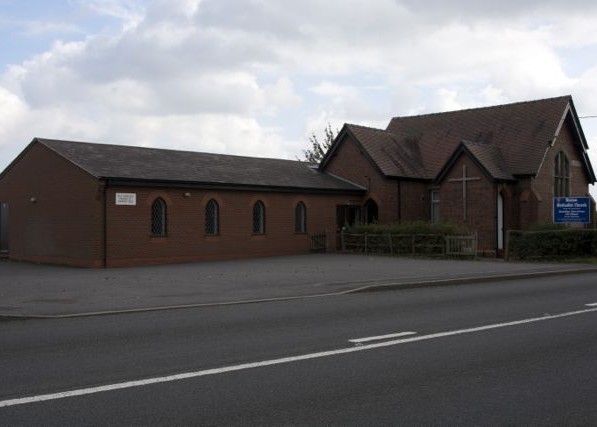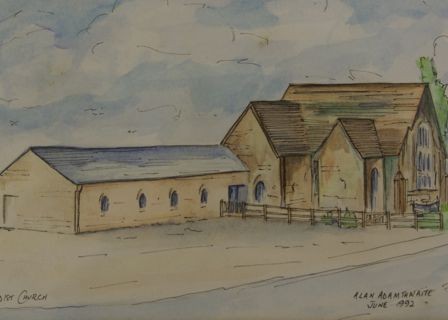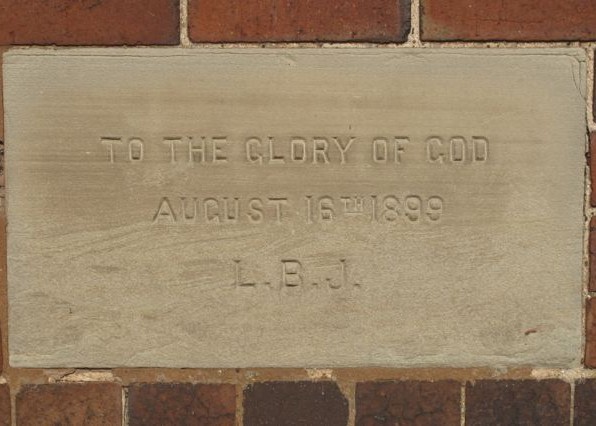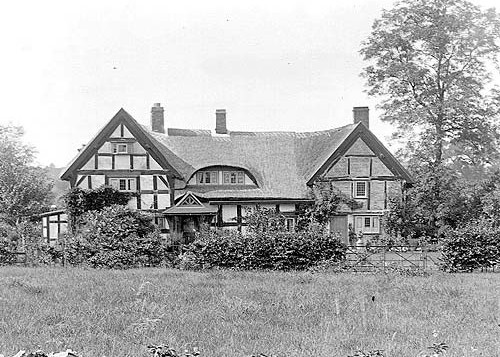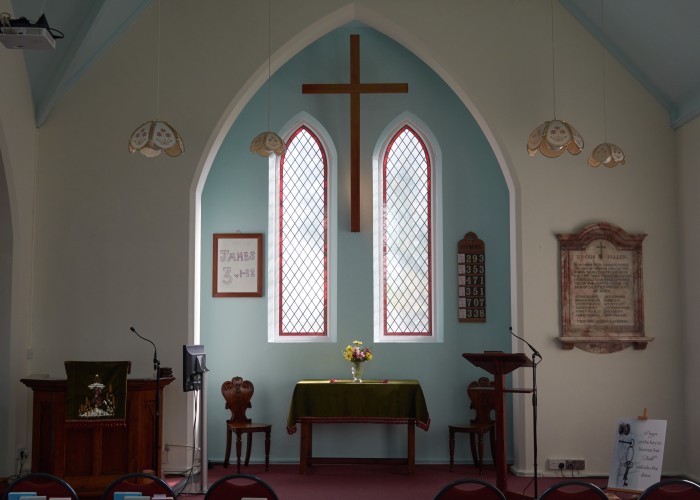In the early 19th century Methodists who lived in the Trent valley area of mid-Staffordshire had no church or chapel where they could meet on Sundays to worship. One of the pioneers of Methodism in the Weston area was Mr James who held services under a tree. Later on, Weston Manor House, which was owned at the time by Mr and Mrs Farmer, was used as a Wesleyan Methodist meeting house. In the nearby village of Gayton, Methodists met at Wetmoor Farm, the home of Mr and Mrs James, each Sunday.
By the end of the 19th century these two congregations of Methodists decided to come together and build a Wesleyan Chapel at Weston. They held various fund raising events such as fetes and bazaars. Once sufficient funds had been raised plans were prepared and permission obtained for a new church alongside the turnpike (the present-day main A51 road). Earl Ferrers was approached and he agreed that the people called Methodists could have the land for a nominal peppercorn rent. The Chapel was built to accommodate a congregation of 120 people at a cost of £600. It was designed as a dual purpose building so that when social events such as a Sunday School party were held, the seats were moved and placed around the walls. On 16th August 1899 the foundation stones were laid by various donors including Miss James of Gayton, on behalf of her brother, Mrs Martin of Gayton Mill and Miss Daisy Shemily (age 13) of Milwich. It must have been a grand occasion with hymns, prayers and speeches followed by 280 people sitting down to have tea in a tent.
The first marriage took place in Weston Chapel on 29th September 1903 when Percy Martin married Nellie Davall.
The First World War was a sad period for Weston Methodists along with other villages. A number of church members failed to return home and are remembered by the names on the war memorial in the Chapel. This war memorial in Weston Chapel was unveiled on 19th May 1923 by Lord and Lady Sandon (later the 6th Earl and Countess of Harrowby). Despite this tragic loss of young life, there followed a time of great activity with good numbers of younger people in the congregation and a lively Wesley Guild. There was an enthusiastic choir which for many years formed the backbone of carol singing sorties around the village and surrounding area. The Sunday School Anniversary used to be held in June each year when they would act out sketches, sing new songs and play instruments. Harvest Supper was on the Monday evening following the Harvest Festival Services when a meal was served and the produce auctioned afterwards. Every Christmas Eve there was a Candle Light Service when everyone brought a candle and carols were sung in the candlelight. Praise Meetings were held quarterly, with people from other churches being invited and refreshments served afterwards.
In 1918 a wooden hut, previously used as an army hut during the First World War, was brought from Cannock Chase to be used as a church hall. The new present-day brick-built church hall, kitchen and toilet block was opened in 1992 and has been used by various local groups such as Scouts, Guides, an art group and for Keep Fit classes.
However, a church is much more than just a building. As we celebrate over 100 years of Methodism in Weston, it is the people we remember and the word ‘family’ comes to mind. We share each others’ joys and problems in the spririt of Charles Wesley’s hymn ‘help us to help each other, Lord ……… help us to build each other up’.
Further information on the history of Methodism in Weston can be found in the booklet ‘Our Church’ which was published by Weston Methodist Church to celebrate its centenary.

